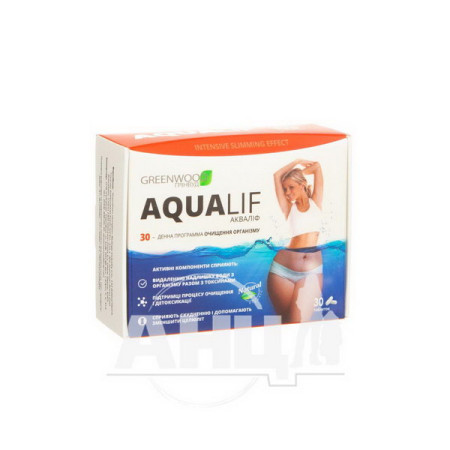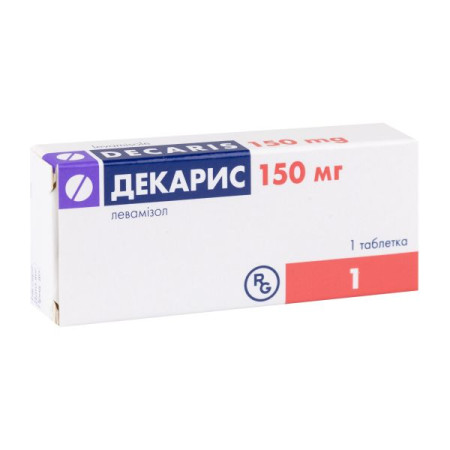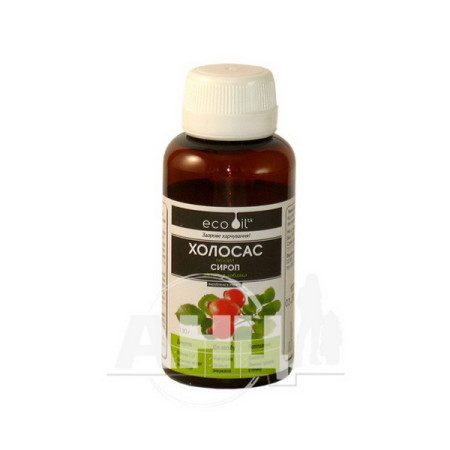Vitamin C 500 mg chewable tablets orange No. 60

Vitamin C 500 – indicated for the treatment of hypo- and avitaminosis C.
Ensuring the body's increased need for vitamin C:
during acute respiratory and infectious diseases; during convalescence after serious illnesses, surgeries; with various intoxications, hemorrhagic diatheses, connective tissue diseases (rheumatoid arthritis), bleeding (nasal, pulmonary, uterine); with radiation sickness, hepatitis, cholecystitis, Addison's disease, with soft tissue injuries that heal slowly, infected wounds and bone fractures.Composition
active ingredient: ascorbic acid; 1 tablet contains ascorbic acid (vitamin C) 200 mg, sodium ascorbate 337 mg (corresponding to 300 mg of ascorbic acid); excipients: orange-flavored tablets - sorbitol (E 420), aspartame (E 951), acesulfame potassium, microcrystalline cellulose, calcium stearate, orange flavoring, colloidal anhydrous silicon dioxide, sunset yellow FCF dye (E 110).Contraindication
Hypersensitivity to ascorbic acid and other components of the drug.
Tendency to thrombosis; thrombophlebitis; diabetes mellitus; urolithiasis.
Children under 14 years old.
It should be prescribed with extreme caution to patients with impaired iron metabolism (hemosiderosis, hemochromatosis, thalassemia).
Fructose intolerance; glucose/galactose malabsorption syndrome.
Severe kidney disease. Phenylketonuria (since the drug contains aspartame).
Method of application
The medicine should be taken orally after meals, chewing the tablet.
Adults and children over 14 years of age should take 1 tablet (500 mg) per day for therapeutic purposes. The duration of treatment is 10–15 days.
For acute respiratory and infectious diseases, it is recommended for adults to take 1–2 tablets (500–1000 mg) per day (in 2 doses) for 7–10 days.
Then – ½ tablet (250 mg) per day. To obtain the required dosage, tablets with the appropriate content of the active substance should be used.
The duration of treatment is determined by the doctor depending on the patient's condition and the course of the disease.
Application features
Since vitamin C has a mild stimulating effect, it is not recommended to take this medicine at the end of the day.
Due to the stimulating effect of ascorbic acid on the formation of corticosteroid hormones, when using it in large doses, monitoring of kidney function and blood pressure is required.
Use during pregnancy or breastfeeding
Long-term use of vitamin C in high doses during pregnancy may negatively affect fetal development, so the recommended dosage should be followed.
When breastfeeding, you should refrain from taking the drug, as ascorbic acid penetrates into breast milk.
Children
For children under 14 years of age, it is recommended to use the drug in a different dosage form.
Ability to influence reaction speed when driving vehicles or other mechanisms
Does not affect.
Interaction with other drugs
When used simultaneously, ascorbic acid enhances the absorption of iron, penicillin, ethinyl estradiol from the gastrointestinal tract. A similar effect applies to aluminum, so this must be taken into account when simultaneously treating with antacids containing aluminum.
Ascorbic acid, when used simultaneously, reduces the effectiveness of heparin and anticoagulants.
Absorption of ascorbic acid is reduced by concomitant use of oral contraceptives, consumption of fruit or vegetable juices, alkaline drinks. Simultaneous administration of vitamin C and deferoxamine increases tissue toxicity of iron,
Vitamin C increases the excretion of oxalates in the urine, thus increasing the risk of oxalate stone formation in the urine. Vitamin C increases the risk of crystalluria during treatment with salicylates.
Overdose
Vitamin C is well tolerated. Ascorbic acid is a water-soluble vitamin, its excess is excreted in the urine. However, prolonged use of vitamin C in large doses may suppress the function of the insular apparatus of the pancreas, which requires monitoring of the condition of the latter.
Overdose may lead to changes in renal excretion of ascorbic and uric acids during urine acetylation with the risk of precipitation of oxalate stones.
The use of large doses of the drug may lead to vomiting, nausea, or diarrhea, which disappear after its withdrawal.
Treatment is symptomatic.
Adverse reactions
Vitamin C is well tolerated at recommended doses, but the following side effects may occur:
from the digestive tract: when used in doses exceeding 1000 mg per day - irritation of the mucous membrane of the digestive tract, heartburn, nausea, vomiting, diarrhea, stomach cramps; from the urinary system: damage to the glomerular apparatus of the kidneys, renal failure, crystalluria, formation of urate, cystine and oxalate stones in the kidneys and urinary tract; allergic reactions: sometimes - eczema, urticaria, itching, skin rashes, angioedema, anaphylactic shock in the presence of sensitization; from the endocrine system: damage to the insular apparatus of the pancreas (hyperglycemia, glucosuria) and impaired glycogen synthesis up to the appearance of diabetes mellitus; from the cardiovascular system: arterial hypertension, myocardial dystrophy;Store in the original packaging at a temperature not exceeding 25 ºС.
Keep out of reach of children.
Shelf life 2 years.
There are no reviews for this product.
There are no reviews for this product, be the first to leave your review.
No questions about this product, be the first and ask your question.






